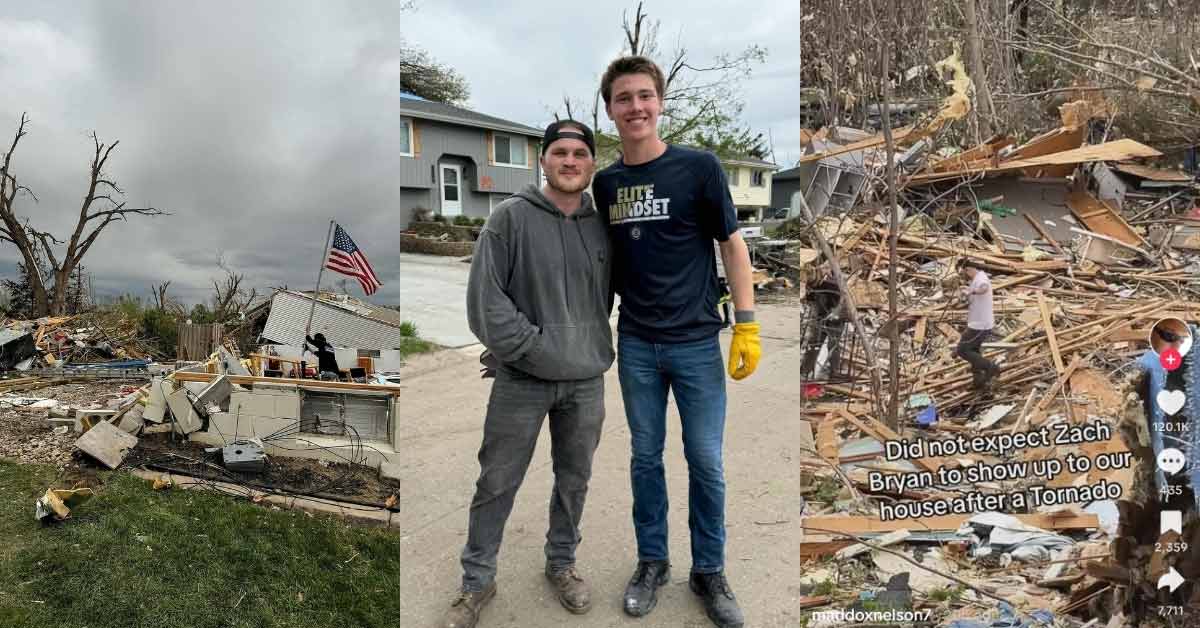— Scientists have come up with a sustainable glitter alternative derived from fruit.
— Conventional glitter contains harmful microplastics that pollute the environment.
— The new biodegradable glitter is vegan, so everyone can sparkle again guilt-free.
It is the season to be sparkly, but at what cost to the environment? It’s a well-known fact that traditional glitter is often made from harmful microplastics that pollute the seas and our homes.
Now, as Christmas celebrations get underway, parents, kids, and craft lovers can opt to use a safer alternative.
Scientists at Cambridge University in the UK have developed a new type of glitter made from fruit pulp.
It’s just as sparkly, but it’s vegan, biodegradable, and far less harmful to the environment than conventional glitter.

The new glitter is made from nanocrystals of cellulose - the natural material that builds the cell walls of plants, fruit, and vegetables.
It can be used in all the same ways as the old harmful type, from cosmetics to Christmas cards, and it’s safe for children to use in craft projects.
“Conventional pigments, like your everyday glitter, are not produced sustainably,” said Professor Silvia Vignolini of Cambridge’s Department of Chemistry who led the team that developed the new glitter.
“They get into the soil, the ocean and contribute to an overall level of pollution. Consumers are starting to realize that while glitters are fun, they also have real environmental harms,” she added.
Her team has already succeeded in producing colorful materials from wood pulp that can be used to replace toxic pigments in products, ranging from paint to cosmetics.

Creating safer, sustainable products
When it comes to making glitter, the new process, which uses far less energy than making traditional glitter, involves making large cellulose sheets that are then ground into tiny biodegradable particles.
It’s a horrible irony that conventionally produced glitter has been traditionally applied to snow scenes on Christmas cards, given the microplastics it’s made from have been found polluting snow and ice from the Arctic to the Alps.
Microplastics are tiny plastic particles less than five millimeters across and they have been identified in homes as well as the wider environment.
Experts say these tiny particles, which can cause cancer in humans, have even been found in the deepest parts of the ocean.
It’s been estimated that 2% of the microplastics in the sea come from personal care products such as cosmetics.
By 2040, scientists say there will be 10 million tonnes of microplastics in the global environment.

Back to the future
The World Economic Forum has long warned about the rising level of microplastics in the sea and its impact on the environment and our health.
In its 2016 report The New Plastics Economy: Rethinking the Future of Plastics, the Forum called for innovation to create new materials that could replace the use of plastic.
Biodegradable cellulose materials, like those used in the new vegan glitter, have existed for some time.
Invented in 1908, Cellophane was a widely used, clear cellulose wrapping for food and other products before being largely replaced by petrochemical-based PVC later in the 20th century.
Experts say Cellophane’s environmentally-friendly qualities - it will biodegrade naturally within 30 days and even if coated with plastic chemicals still breaks down within four months - mean it’s making a comeback.
One thing that will likely remain the same, however, is the messy business of having glittery fun.
Asked if the vegan glitter would be less hassle for parents cleaning up after crafting with their children, Professor Vignoli said: “It will be just as annoying - but it won’t harm the planet and is safe for your little ones.”
This article was originally published by the World Economic Forum on December 3rd, 2021 — and was made available to Good Good Good.





